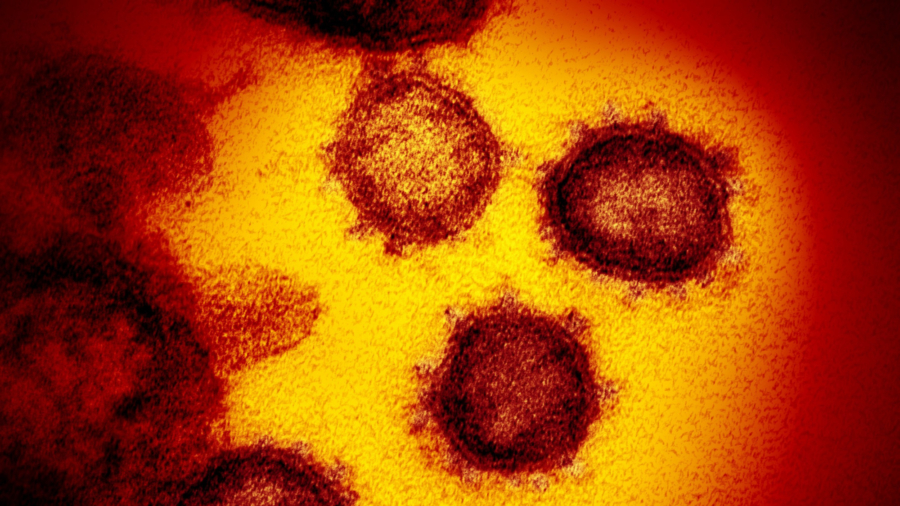Concerns are mounting about how long the novel coronavirus may survive on surfaces—so much so that China’s central bank has taken measures to deep clean and destroy its cash, which changes hands multiple times a day, in an effort to contain the virus.
It is unknown exactly how long the novel coronavirus can linger on contaminated surfaces and objects with the potential of infecting people, but some researchers are finding clues by studying the elusive behaviors of other coronaviruses.
Coronaviruses are a large group of viruses common among animals. In rare cases, they are what scientists call zoonotic, meaning they can be transmitted from animals to humans, according to the US Centers for Disease Control and Prevention.
Officials do not know what animal may have caused the current outbreak of novel coronavirus in Wuhan, China. But previously, studies have suggested that people were infected with the coronavirus MERS, or Middle East Respiratory Syndrome, after coming in contact with camels, and scientists have suspected that civet cats were to blame for SARS, Severe Acute Respiratory Syndrome.
These human coronaviruses, such as SARS and MERS, have been found to persist on inanimate surfaces—including metal, glass or plastic surfaces—for as long as nine days if that surface had not been disinfected, according to research published earlier this month in The Journal of Hospital Infection.

Cleaning with common household products can make a difference, according to the research, which also found that human coronaviruses “can be efficiently inactivated by surface disinfection procedures with 62–71 percent ethanol, 0.5 percent hydrogen peroxide or 0.1 percent sodium hypochlorite” or bleach within one minute.
The new research involved analyzing 22 previously published studies on coronaviruses, which researchers hope can help provide insight into the novel coronavirus.
“Based on the current available data, I would primarily rely on the data from SARS coronavirus, which is the closest relative to the novel coronavirus—with 80 percent sequence similarity—among the coronaviruses tested. For SARS coronavirus, the range of persistence on surfaces was less than five minutes to nine days,” said Dr. Charles Chiu, an infectious disease professor at the University of California, San Francisco, and director of the USCF-Abbott Viral Diagnostics and Discovery Center, who was not involved in the new study.
“However, it is very difficult to extrapolate these findings to the novel coronavirus due to the different strains, viral titers and environmental conditions that were tested in the various studies and the lack of data on the novel coronavirus itself,” he said. “More research using cultures of the novel coronavirus are needed to establish the duration that it can survive on surfaces.”
The CDC has noted that coronaviruses are thought to spread most often by respiratory droplets, such as droplets in a cough or sneeze, and coronaviruses in general have “poor survivability” on surfaces—but there is still much to learn about the novel coronavirus disease, named COVID-19.

“It may be possible that a person can get COVID-19 by touching a surface or object that has the virus on it and then touching their own mouth, nose, or possibly their eyes, but this is not thought to be the main way the virus spreads,” according to the CDC’s website.
While there are some similarities between other coronaviruses and the novel coronavirus, there are some differences emerging, too.

“Remain informed, but do not panic,” Chiu said.
If you do have concerns, “my recommendations would be frequent hand-washing, avoiding contact with people who are sick, follow home quarantine recommendations according to the latest public health agency guidelines if you have recently traveled from China or were in contact with a known or suspected infected patient,” he said.
According to the CDC, the flu virus can live on some surfaces for as long as 48 hours and potentially infect someone if the surface has not been cleaned and disinfected.


